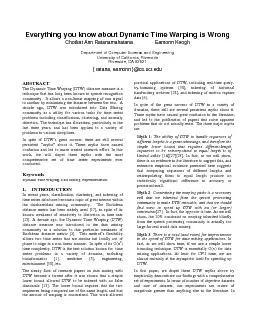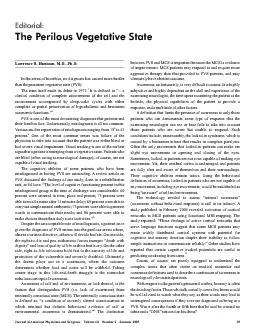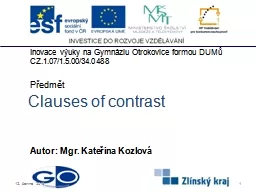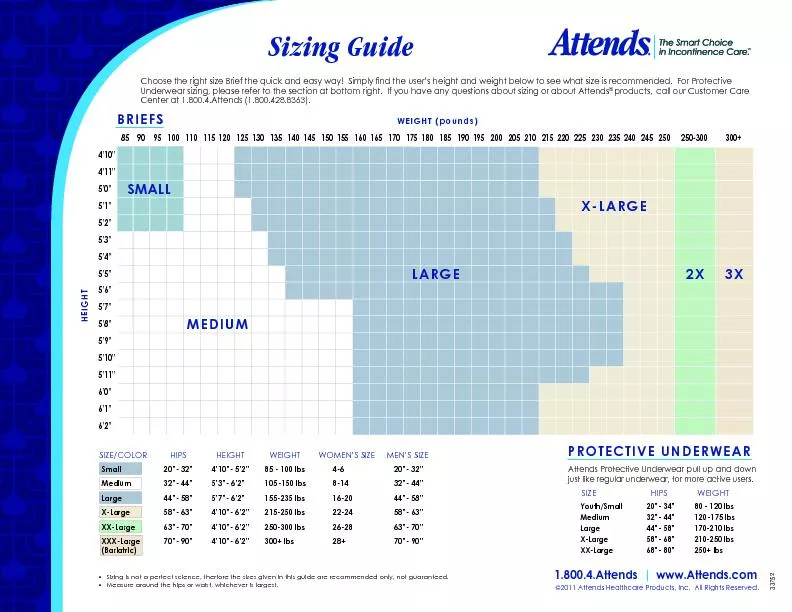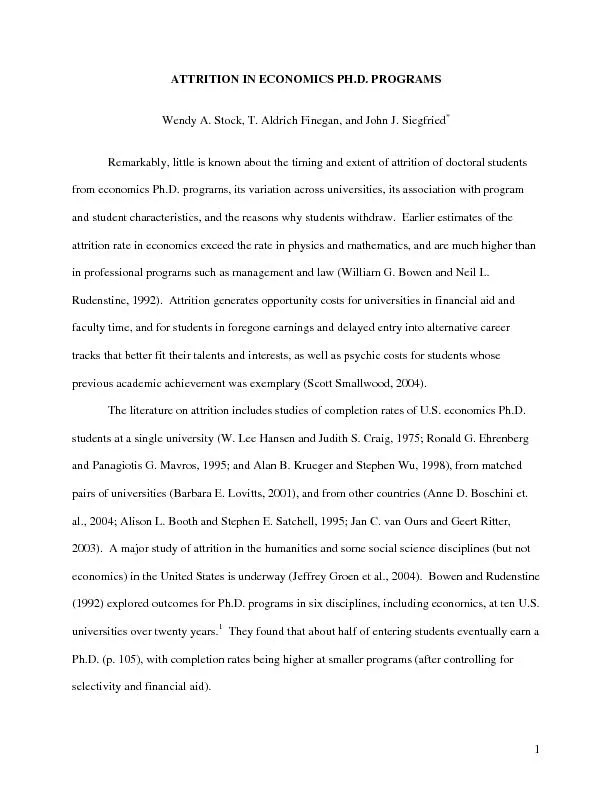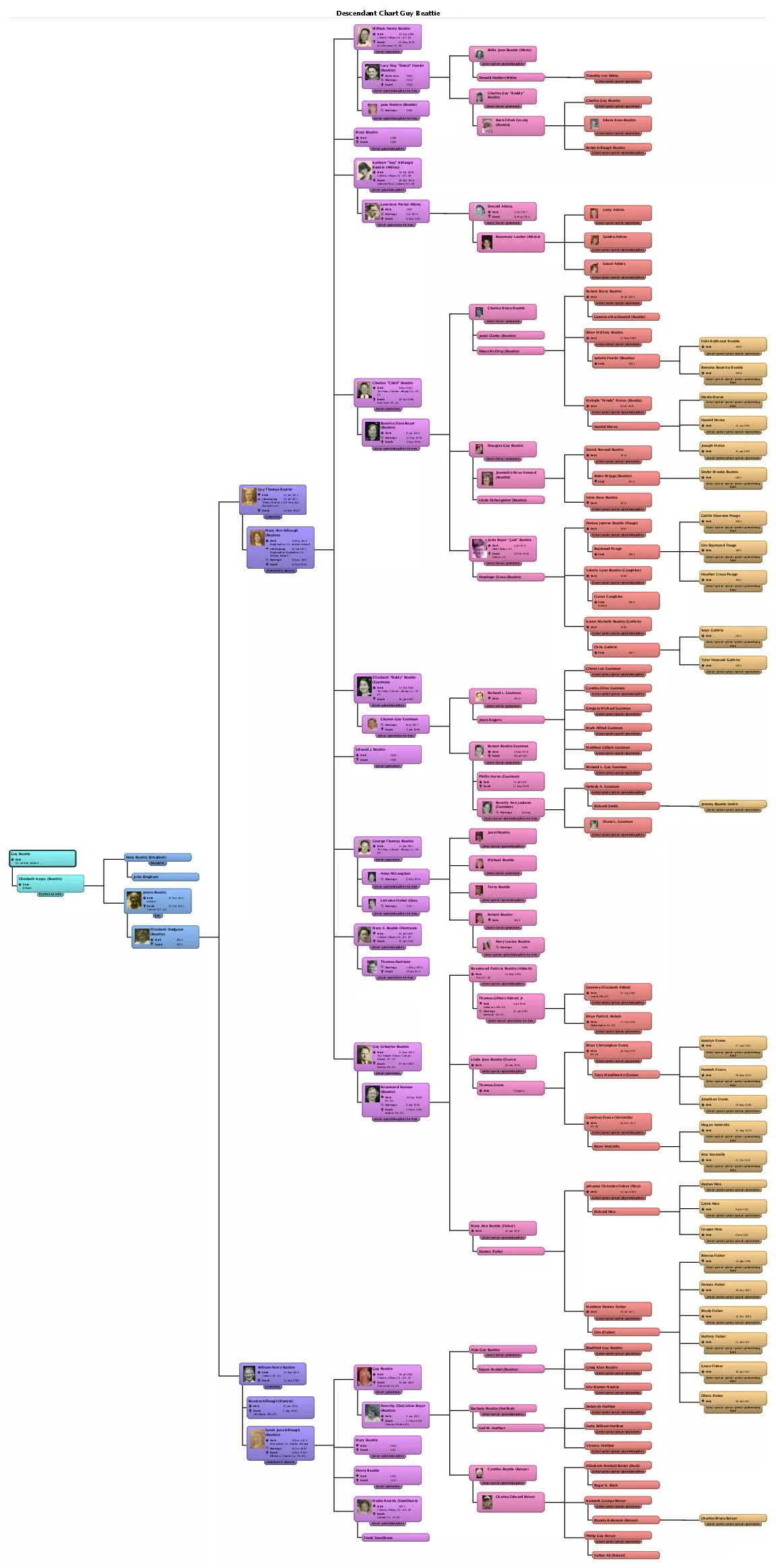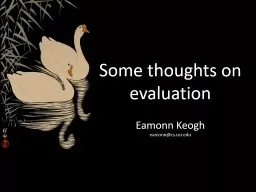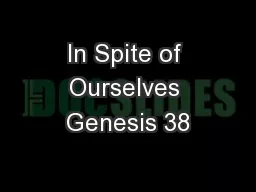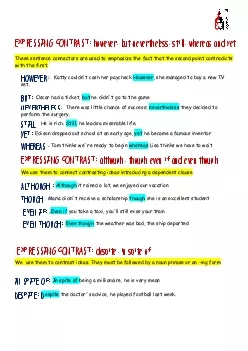PDF-In spite of DTW’s great success, there are still several persiste
Author : lindy-dunigan | Published Date : 2015-12-04
The steady flow of research papers on data mining with DTW became a torrent after it was shown that a simple lower bound allowed DTW to be indexed with no false
Presentation Embed Code
Download Presentation
Download Presentation The PPT/PDF document "In spite of DTW’s great success, th..." is the property of its rightful owner. Permission is granted to download and print the materials on this website for personal, non-commercial use only, and to display it on your personal computer provided you do not modify the materials and that you retain all copyright notices contained in the materials. By downloading content from our website, you accept the terms of this agreement.
In spite of DTW’s great success, there are still several persiste: Transcript
Download Rules Of Document
"In spite of DTW’s great success, there are still several persiste"The content belongs to its owner. You may download and print it for personal use, without modification, and keep all copyright notices. By downloading, you agree to these terms.
Related Documents

